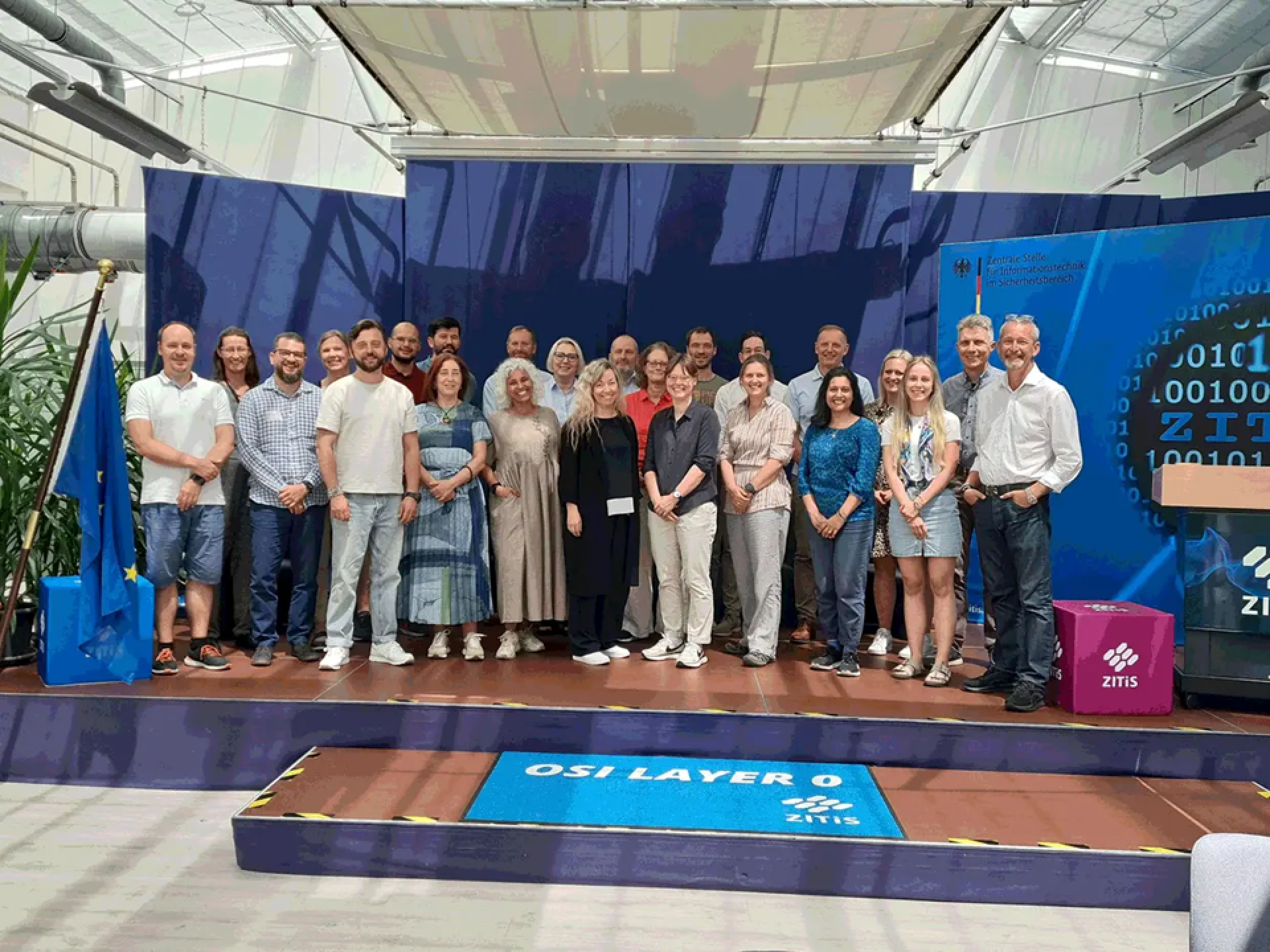Benchmarking of proficiency tests for the fingerprint field - ScienceDirect
Abstract
Since 2015, European fingerprint service providers carrying out laboratory activities must be EN ISO/IEC 17025 accredited. Consequently, relevant and reliable proficiency tests are required by those accredited forensic laboratories to regularly assess and certify their analytical capabilities. In this context, Work package #10 of the ENFSI-EU funded project named "Competency, Education, Research, Testing, Accreditation, and Innovation in Forensic Science" (Grant #101051099) aimed at proposing guidance to forensic laboratories for the selection of proficiency tests in the fields of fingermark visualization, imaging, and comparison/identification. In this paper, the methodology that has been set and followed is described, and the resulting guidance document presented. Additionally, a critical overview of the current market of commercial proficiency tests dedicated to the fingerprint field is proposed.
Abstract
Interdisciplinary examination of test materials requires careful consideration of how forensic routines can influence each other. This influence can be direct and obvious, or indirect and subtle. A multidisciplinary collaborative exercise (MdCE) should test a forensic laboratory’s ability to account for these difficulties. Therefore, the MdCE should be set up in a way that considers how the applied procedure (i.e., the sequence of forensic disciplines) can impact the outcomes (i.e., the ability to recover traces).
Building on lessons learned from a previous experience, this article summarises the concepts, planning, design, preparation, implementation, coordination and evaluation of the ENFSI 2023 Multidisciplinary Collaborative Exercise (2023-MdCE) covering a range of forensic disciplines, specifically DNA, fingerprints, explosives, fibres, and hair morphological analysis.
The exercise consisted of a glass jar with black adhesive tape around it, representing an improvised explosive device. The analysis of the results highlighted: a) the importance of a joint preliminary optical examination; b) some critical issues regarding the explosives/fingerprint sampling strategies; c) the potential impact of contact marks that may contain friction ridge detail on items that were different from those deposited by the organiser; d) the importance of avoiding discrepancies in labelling exhibits and/or traces is emphasised as it is related to the communication strategy of scientific forensic results.
Additionally, recommendations and suggestions are provided for those who may wish to undertake such a collaborative exercise.
